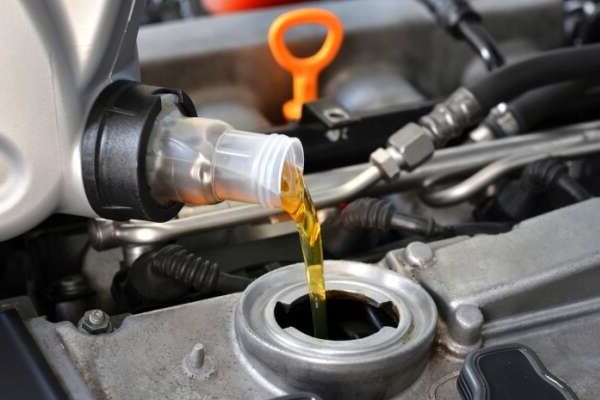
Toward the end of the dipstick, there will be markings to help you read the oil level. Pull the dipstick out, wipe it with a clean cloth or paper towel, reinsert it all the way and pull it back out. Otherwise, your reading will indicate the level is lower than it actually is, and if you add oil, it will be overfilled, which is bad for your engine. If you wait until the oil pressure warning light goes on or the oil pressure gauge drops significantly - meaning things are already bad - it may catch you in a situation where adding oil isn’t immediately possible.īefore pulling out the dipstick and checking your oil level, make sure the vehicle is parked on a level surface and the engine has been turned off for at least a few minutes so all the oil that’s been circulating through it has had time to run down into the oil pan. With today’s longer oil change intervals, it’s important to check your oil level periodically, particularly on older cars or ones that you know leak or burn some oil. How Often Do I Need to Change My Brake Fluid?.Why Is My Car Leaking Oil or Another Fluid?.

Instead, these cars have computerized oil life monitors that determine when the oil should be changed based on your individual driving habits. Note, however, that many cars these days don’t have a set recommended interval for oil changes.

” Keep in mind that it’s always best to go with the manufacturer’s advice rather than someone’s opinion, so watch out for the source of the information. If you don’t have the owner’s manual, the recommended interval can usually be found by doing an online search for “maintenance schedule for ” you can also try searching “oil change interval for.
Places that do oil changes near me manual#
The maintenance schedule in your car’s owner’s manual is your best guide. There may also be a shorter recommended interval for “severe service,” which is usually defined as frequent trailer towing, driving in extreme temperatures or very dusty conditions, stop-and-go driving and lots of short trips (where the engine never gets hot enough to burn off water condensation and raw fuel that accumulates in the engine crankcase). Some manufacturers may list a time interval, as well, which can be six months or a year.

Today, most manufacturers recommend oil changes between 5,000 and 10,000 miles - sometimes more with synthetic motor oils. Related: What Happens When You Overfill Your Car With Oil? Oil Change Intervals So, is it required to change your vehicle’s motor oil every 3,000 miles, or should you wait longer? While changing your oil every 3,000 miles was standard practice many years ago, modern lubricants and advances in engine materials and tolerances have largely made that frequency unnecessary.


 0 kommentar(er)
0 kommentar(er)
